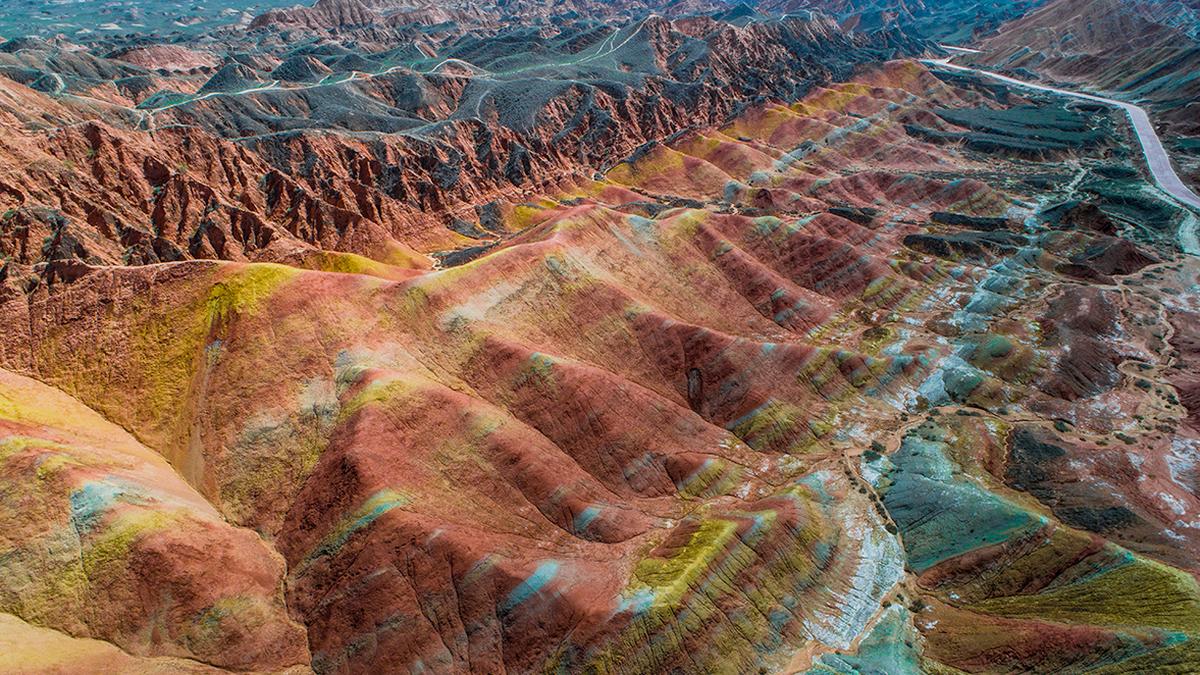
The Science Quiz | A world beneath our feet
The Hindu
The Science Quiz | A world beneath our feet
Questions:
1. The ______-____ weathering cycle happens in sloped terrains when water seeps into porous rocks, and repeatedly solidifies and melts due to changes in temperature. The cycle of expansion and contraction causes the rocks to break apart and move down slope. Fill in the blanks.
2. X is a famous sediment type formed when loosely arranged matter like sand, gravel or organic matter is deposited by, say, a flood. While not consolidated as solid rock, these geological sediments are often found concealed by underwater rock beds. What is X?
3. A platinum electrode is typically used to measure the Y potential of soil. A low Y potential, for example, suggests the quantity of organic compounds in the soil is dropping, leading to the formation of greenhouse gases. What is Y?
4. What is the process of the standardised observation and documentation of different soil forms, composition, and their distribution in a given region called? The information from this exercise is vital for agriculture, construction, flood control, and soil conservation.
5. Name the soil type first described by German mineralogist Karl Cäsar von Leonhard in the early 1800s after he observed yellow-brown silt deposited by winds along the Rhine valley in Germany. The ridges formed by the accumulation of these soils are known as “paha ridges” in the U.S. and “greda ridges” in Europe.
Visual:
